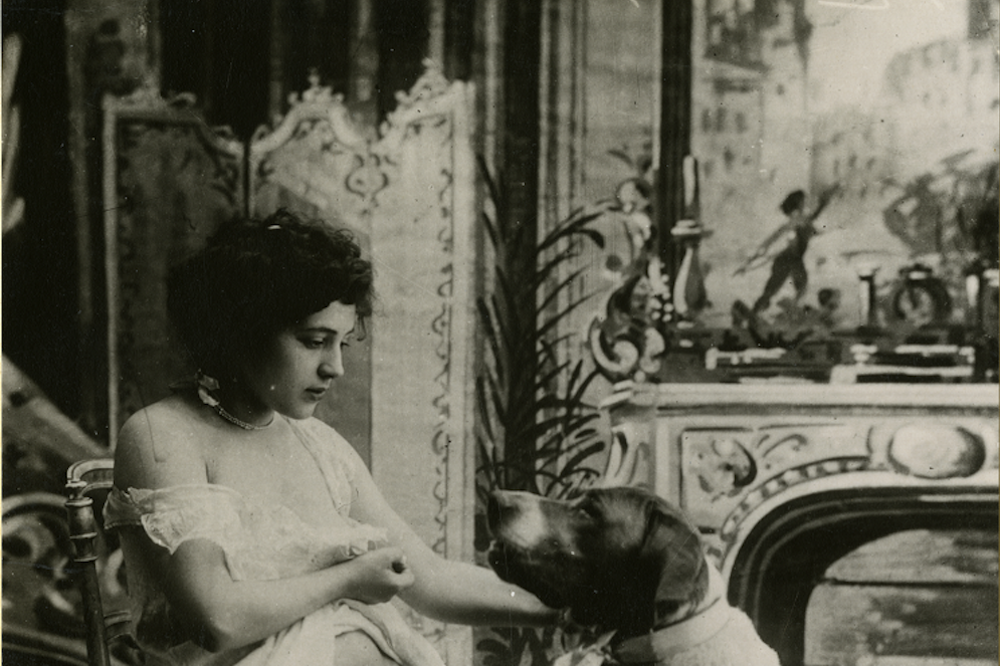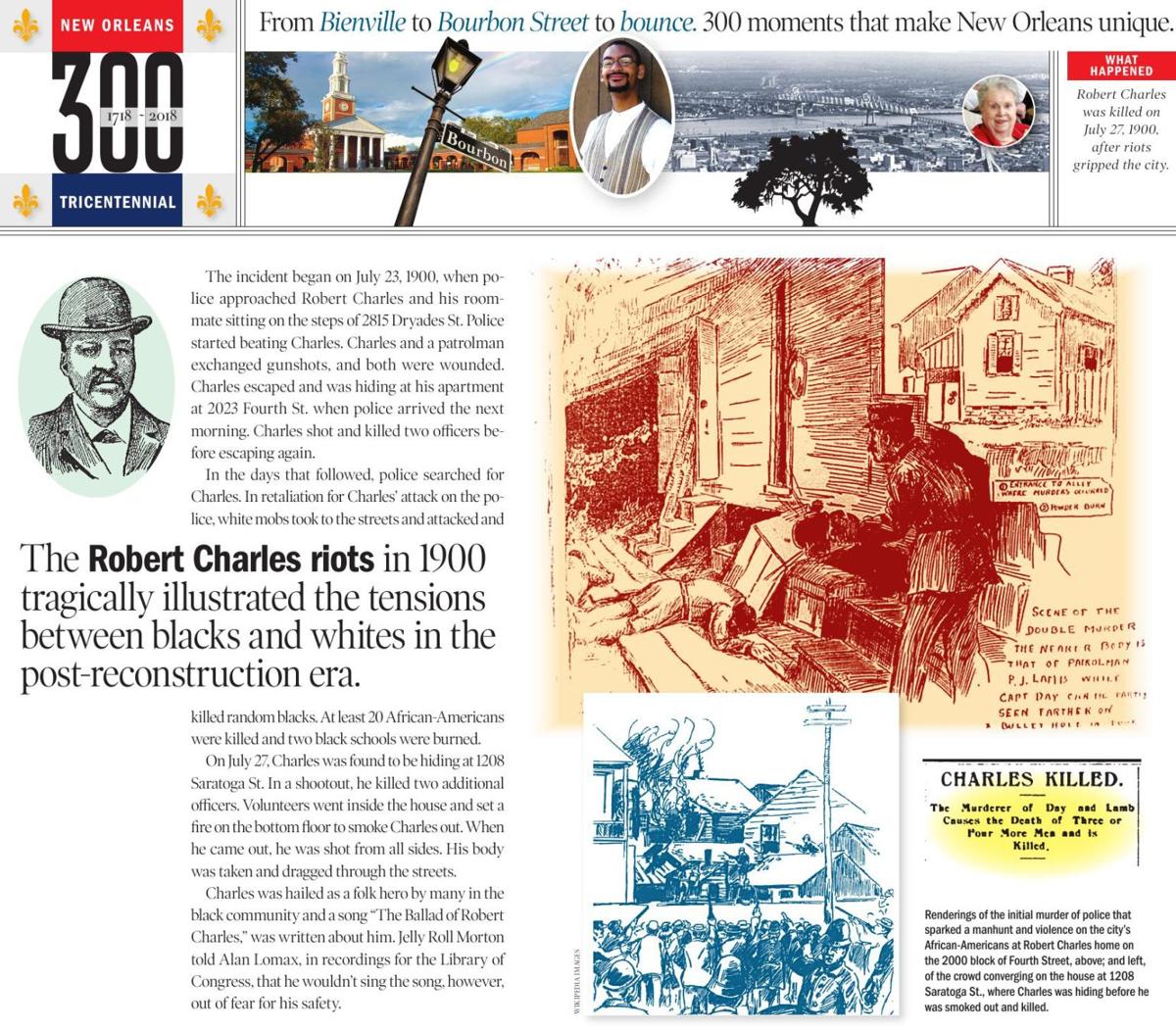IllmaticDelta
Veteran
......the inspiration for this thread comes from that new, Buddy Bolden movie
along with numerous threads/complaints on drugs, violence and crime associated with HipHop. As I've pointed out numerous times, everything negative that's highlighted about HipHop was there in the late19th/Early 20th century in Jazz and Blues with its ties to the "streets".
The oral history of the early atmosphere/social life of Jazz is better documented than the early scene of the Blues, prior to audio recordings. For that reason, It's easier to find jazz related recollections. Starting with some Jazz and the main reason for starting the thread,

The only known photograph of Buddy Bolden, standing back row and second from left, horn in hand. Also pictured: guitarist Brock Mumford, bassist Jimmie Johnson, clarinetists Willie Warner and Frank Lewis, and trombonist Willie Cornish.
.
.
.
.
some info on that "street" life (pimping), dirty songs and killings, that Bolden/Jazz came up in





.
.
 .
.
.
.
.
.
.

Bolden's drinking did him in

along with numerous threads/complaints on drugs, violence and crime associated with HipHop. As I've pointed out numerous times, everything negative that's highlighted about HipHop was there in the late19th/Early 20th century in Jazz and Blues with its ties to the "streets".
The oral history of the early atmosphere/social life of Jazz is better documented than the early scene of the Blues, prior to audio recordings. For that reason, It's easier to find jazz related recollections. Starting with some Jazz and the main reason for starting the thread,

The only known photograph of Buddy Bolden, standing back row and second from left, horn in hand. Also pictured: guitarist Brock Mumford, bassist Jimmie Johnson, clarinetists Willie Warner and Frank Lewis, and trombonist Willie Cornish.
Charles Joseph "Buddy" Bolden (September 6, 1877 – November 4, 1931) was an African-American cornetist who was regarded by contemporaries as a key figure in the development of a New Orleans style of ragtime music, or "jass", which later came to be known as jazz.
Many early jazz musicians credited Bolden and his bandmates with having originated what came to be known as jazz, though the term was not in common musical use until after the era of Bolden's prominence. At least one writer has labeled Bolden the father of jazz.[6] He is credited with creating a looser, more improvised version of ragtime and adding blues; Bolden's band was said to be the first to have brass instruments play the blues. He was also said to have adapted ideas from gospel music heard in uptown African-American Baptist churches
.
.
.
.
some info on that "street" life (pimping), dirty songs and killings, that Bolden/Jazz came up in






.
.

.
.
.
.
.

Bolden's drinking did him in


Last edited:























